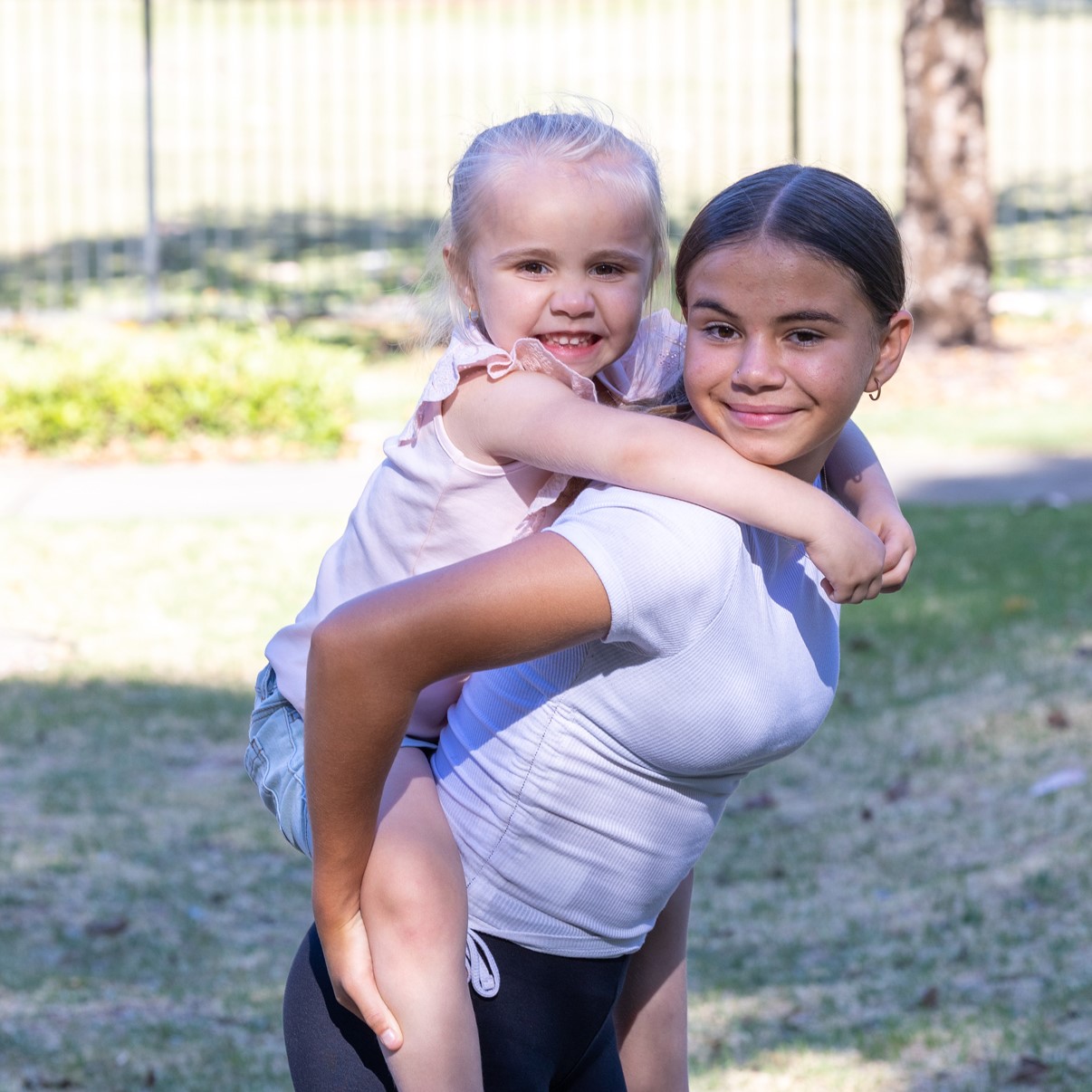Search
Research
Enhancement of scoping review methodology to reflect Aboriginal and Torres Strait Islander ways of knowing, being and doingThis paper argues for the enhancement of scoping review methods to incorporate Indigenous ways of knowing, being, and doing for more effective understandings of evidence of importance to Indigenous populations.
Research
A Clinical Guide for Assessment and Prescription of Exercise and Physical Activity in Cardiac Rehabilitation. A CSANZ Position StatementPatients with cardiovascular disease benefit from cardiac rehabilitation, which includes structured exercise and physical activity as core components. This position statement provides pragmatic, evidence-based guidance for the assessment and prescription of exercise and physical activity for cardiac rehabilitation clinicians, recognising the latest international guidelines, scientific evidence and the increasing use of technology and virtual delivery methods.
Research
Cardiometabolic Risk Markers for Aboriginal and Torres Strait Islander Children and Youths: A Systematic Review of Data Quality and Population PrevalenceCardiovascular disease and type 2 diabetes mellitus are leading contributors to the health inequity experienced by Aboriginal and Torres Strait Islander peoples, and their antecedents can be identified from early childhood. We aimed to establish the quality of available data and the prevalence of cardiometabolic risk markers among Aboriginal and Torres Strait Islander children and youths (0-24-year-olds) to inform public health approaches.
Research
Prevalence of youth type 2 diabetes in global Indigenous populations: a systematic reviewWe aimed to synthesise global prevalence estimates of type 2 diabetes among Indigenous youth aged under 25 years, and examine age- and gender-specific differences and secular trends.
Research
Aboriginal and Torres Strait Islander community experiences and recommendations for health and medical research: a mixed methods studyTo describe Aboriginal and Torres Strait Islander communities' processes, positioning and experiences of health and medical research and their recommendations.

News & Events
National network to significantly improve health outcomes for Indigenous AustraliansA new national network will be established to advance the benefits from Genomic Medicine for Aboriginal and Torres Strait Islander people living in Australia.

The Indigenous Genomics Group aims to build Indigenous leadership in genomic and data sciences, precision health, and ethics to improve health equity and the wellbeing of Indigenous people, families and communities.
Research
Transient naive reprogramming corrects hiPS cells functionally and epigeneticallyCells undergo a major epigenome reconfiguration when reprogrammed to human induced pluripotent stem cells (hiPS cells). However, the epigenomes of hiPS cells and human embryonic stem (hES) cells differ significantly, which affects hiPS cell function. These differences include epigenetic memory and aberrations that emerge during reprogramming, for which the mechanisms remain unknown.
Research
Clinical Pathway for Coronary Atherosclerosis in Patients Without Conventional Modifiable Risk Factors: JACC State-of-the-Art ReviewReducing the incidence and prevalence of standard modifiable cardiovascular risk factors (SMuRFs) is critical to tackling the global burden of coronary artery disease (CAD). However, a substantial number of individuals develop coronary atherosclerosis despite no SMuRFs. SMuRFless patients presenting with myocardial infarction have been observed to have an unexpected higher early mortality compared to their counterparts with at least 1 SMuRF.
Research
Incidence of Stroke in the Aboriginal and Non-Aboriginal Populations of Australia: A Data Linkage StudyMost estimates of stroke incidence among Aboriginal and Torres Strait Islander (hereinafter Aboriginal) Australians are confined to single regions and include small sample sizes. We aimed to measure and compare stroke incidence in Aboriginal and non-Aboriginal residents across central and western Australia.
